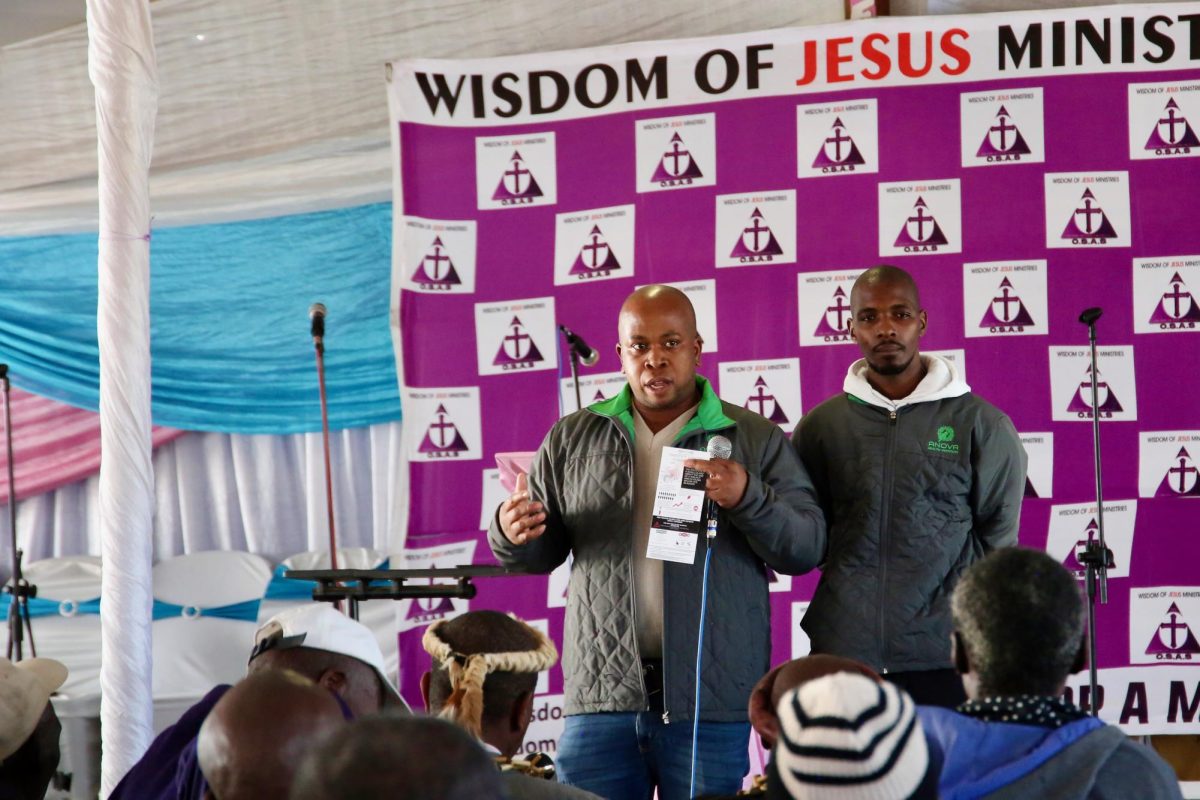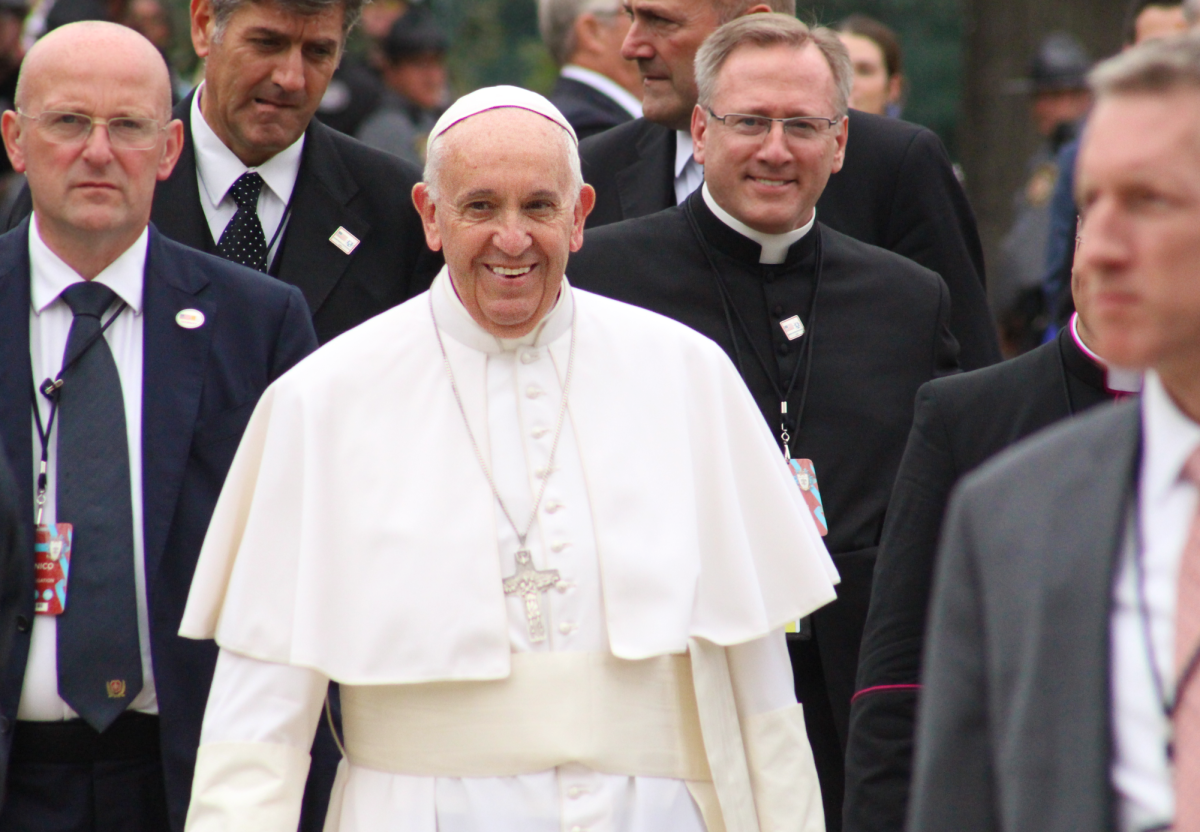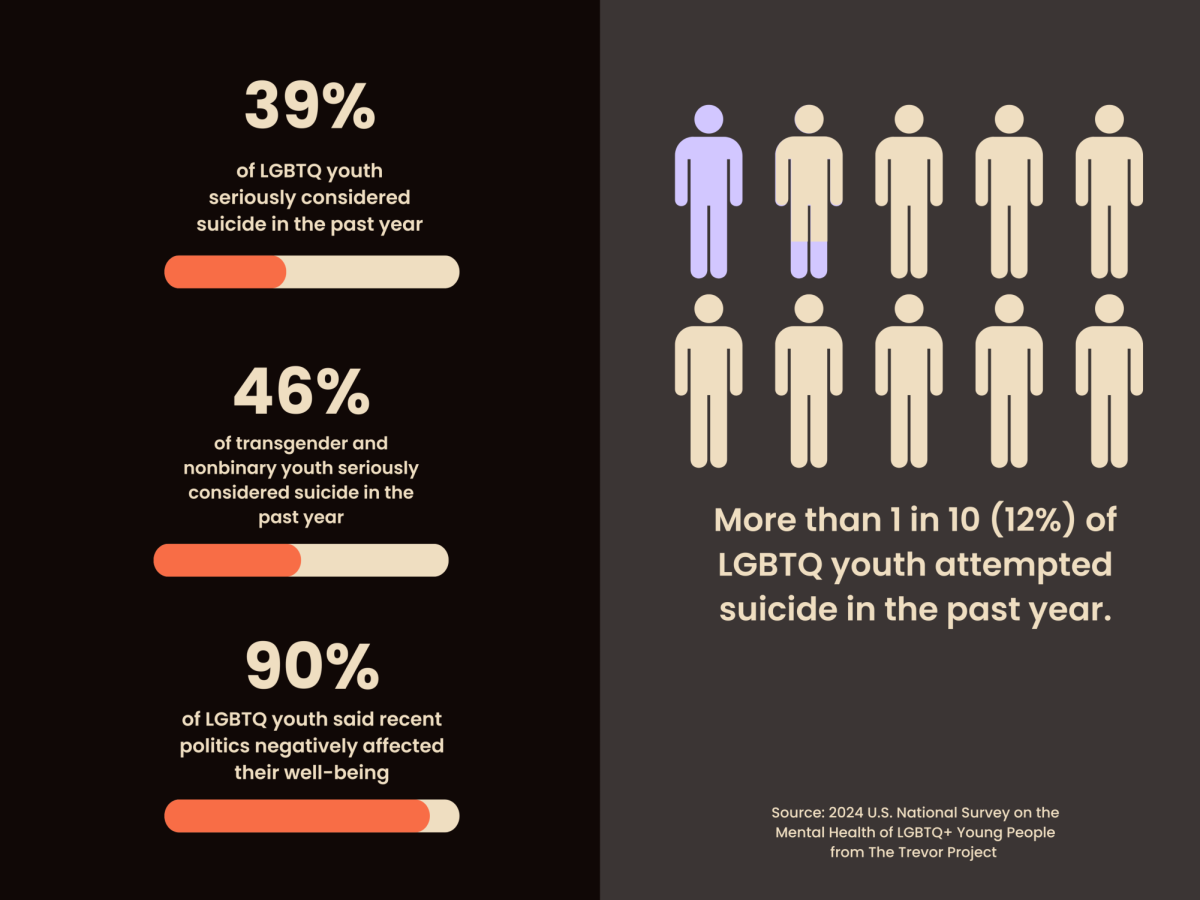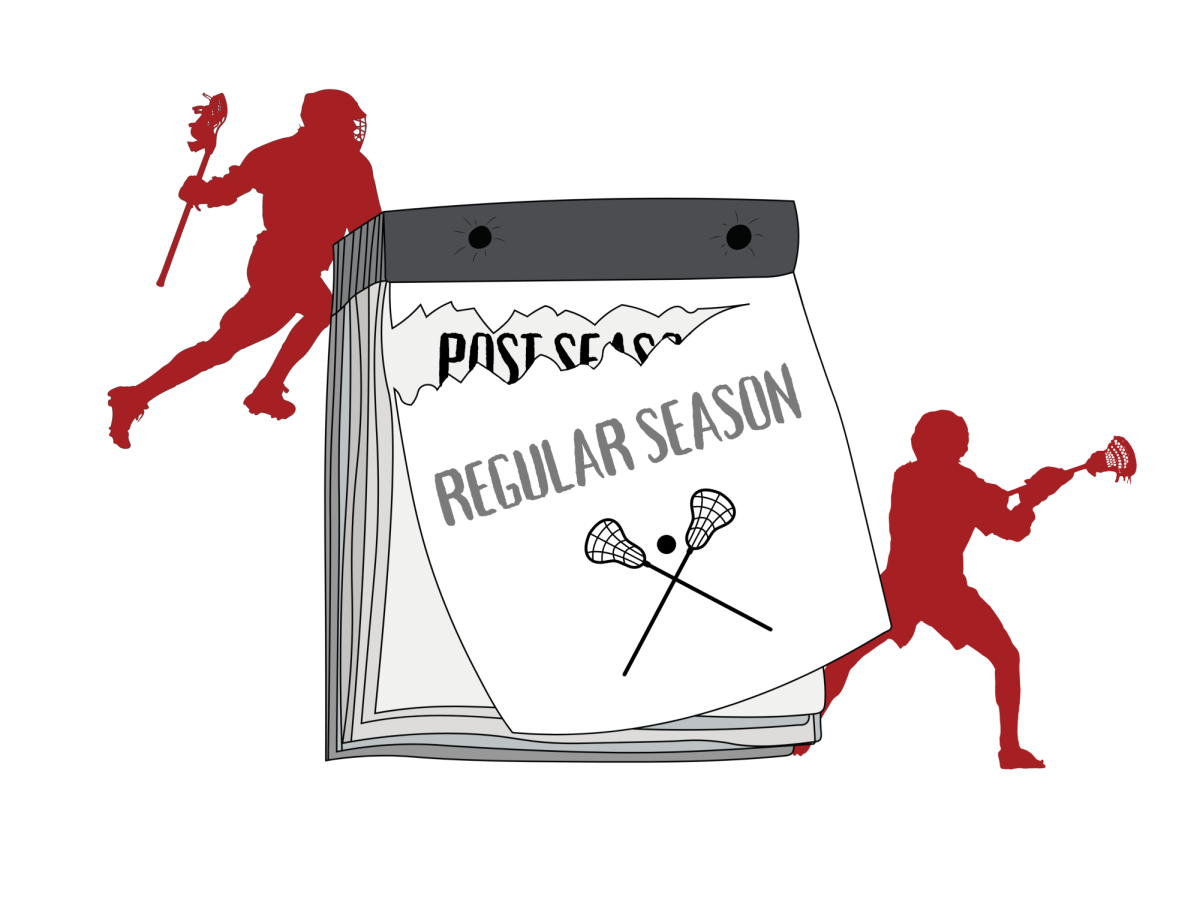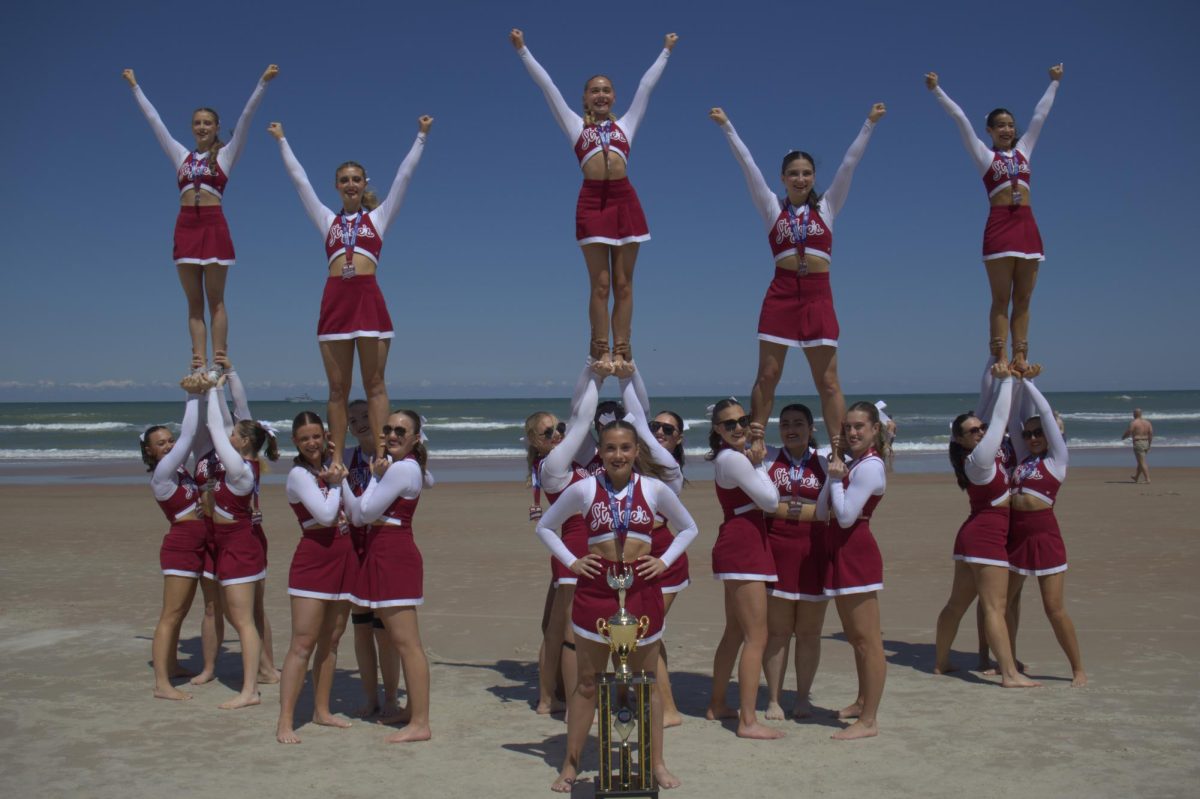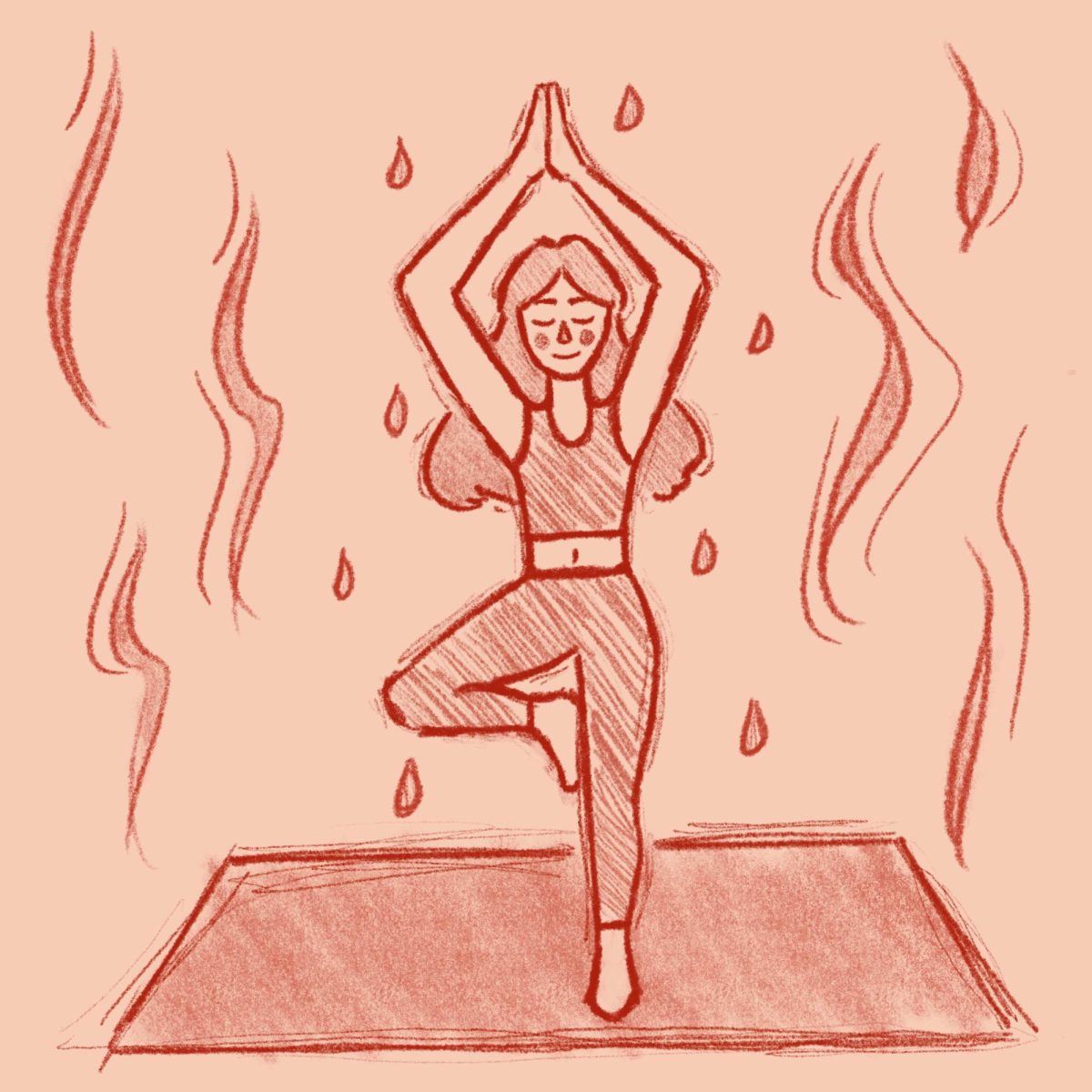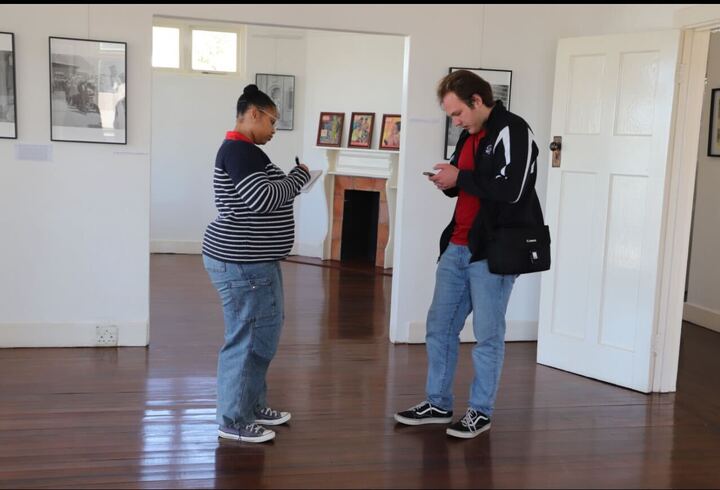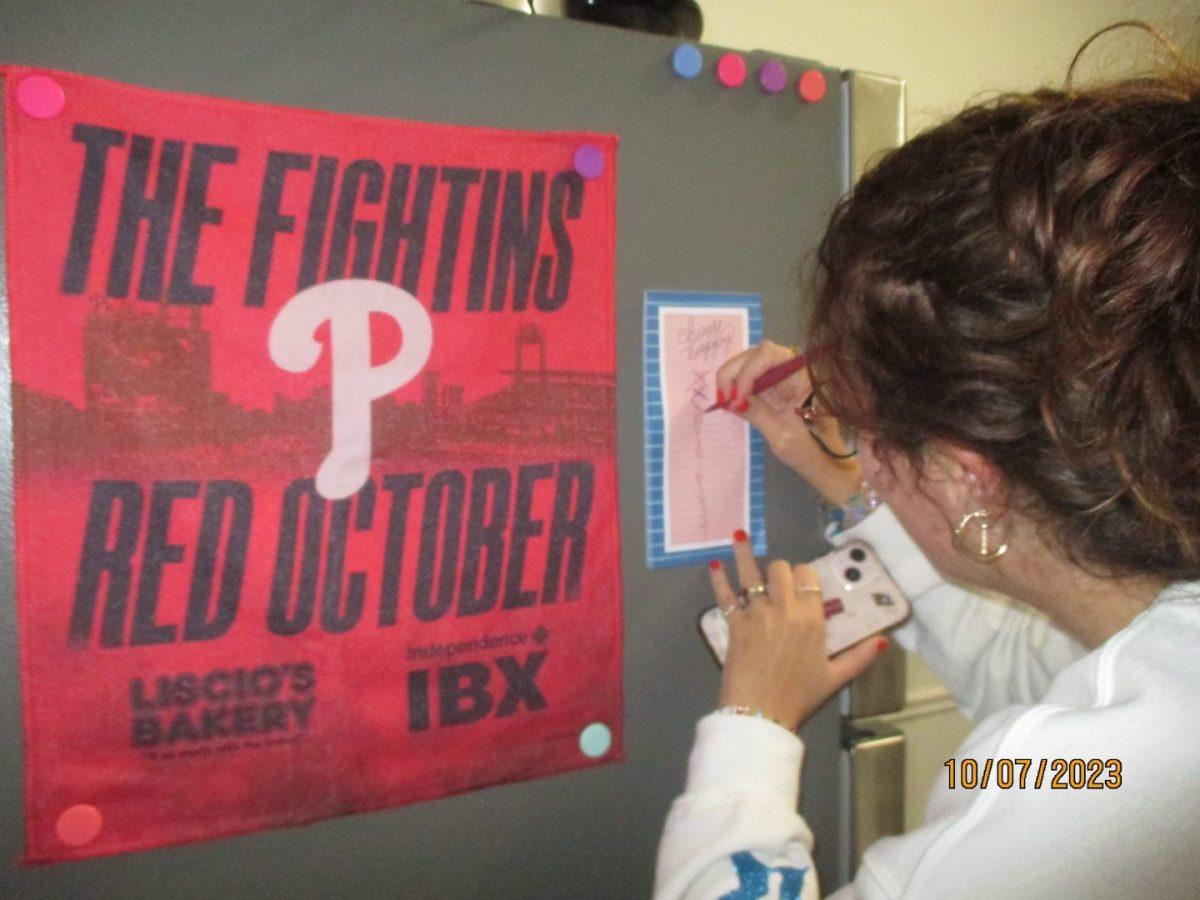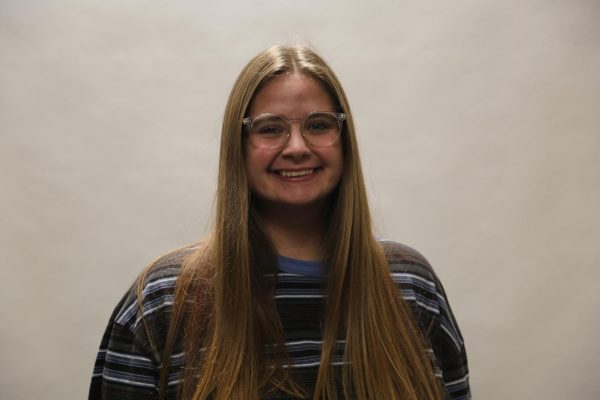Loosely cuffed jeans, black Doc Martens, thrifted flannels, patched denim jackets, oversized T-shirts, clunky rings, colorful semi-permanent hair dye: If you’re a member of the LGBTQIA+ community, you know the look. You may even wear the look.
Ava Culver ’25 does. A lesbian, Culver likes to wear carabiner clips, Doc Martens and lots of jewelry — especially rings.
“What I wear, I want to signal to people that I am queer because it’s a large part of my identity that really I’m proud of,” Culver said. “It’s not something that I’m ashamed of.”
While style choices like Culver’s may be an intentional nod to the wearer’s LGBTQ+ identity, “they’re just things that we put together,” said Joseph H. Hancock II, Ph.D., professor and program director for the Retail & Merchandising online graduate program at Drexel University.
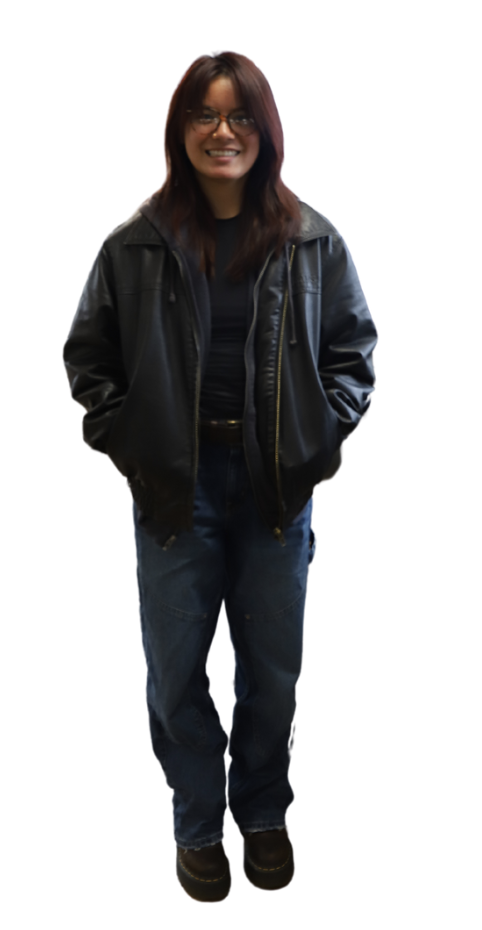
History of LGBTQ+ clothing stereotypes
LGBTQ+ trends and styles are not a contemporary phenomenon, according to Kelly Reddy-Best, Ph.D., professor of apparel, merchandising and design at Iowa State University.
“There is definitely documented evidence since about the 18th century of folks who are either gender diverse or who may identify in what we currently call the LGBTQ+ community,” said Reddy-Best, who is originally from South Jersey and teaches “Queer Fashion, Culture and History,” one of the first queer fashion courses in the U.S.
Jake Muscato, associate director of the LGBT Center at the University of Pennsylvania and co-founder of The Clothing Closet at Penn, a free clothing center for Philly’s LGBTQ+ community, said style choices for some queer individuals also have been connected to safety, especially during times that being queer wasn’t legal.
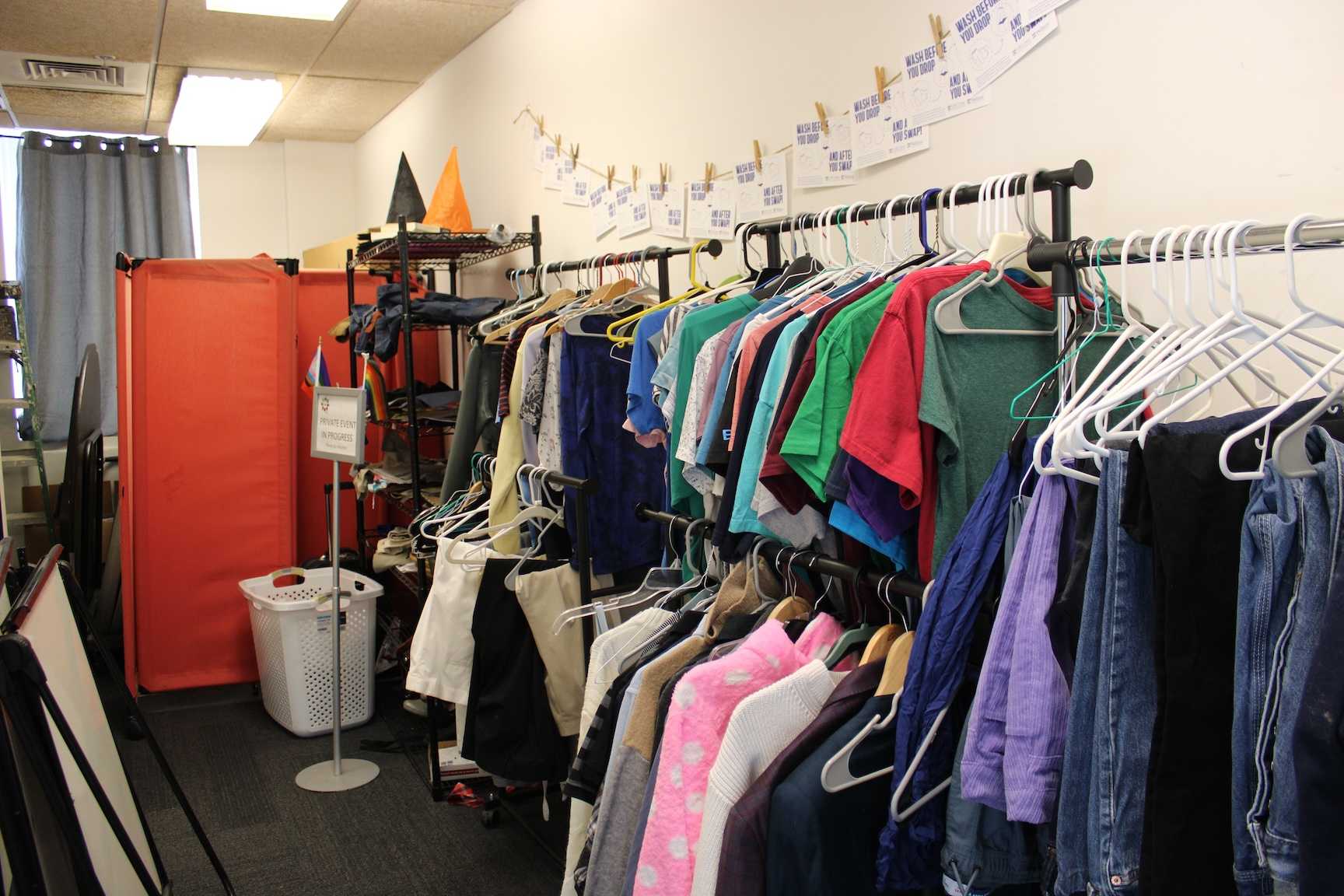
PHOTO: ALLIE MILLER ’24/THE HAWK
“Fashion has been a really integral part of queer culture historically and has played a significant role, especially at one point for coding purposes, like safety,” Muscato said. “People used to dress or wear certain things or certain colors or bandanas to signify that they were either part of the community or that they were open to certain things.”
Coding is also known as flagging, the practice of wearing something specific to signal to other queer people to find community. Flagging dates back to queer men in the 19th century who followed the “hanky code,” wearing a handkerchief of a different color that signaled their identities to other queer men.
Some members of the contemporary queer community still use coding, and specific brands, to identify as LGBTQ+.
“A lot of what makes fashion so special is that it is, in part, differentiating ourselves from the normative fashion styles because a lot of the times you can’t tell if someone’s queer unless they dress a specific way or explicitly [tell] you that they are,” Culver said.
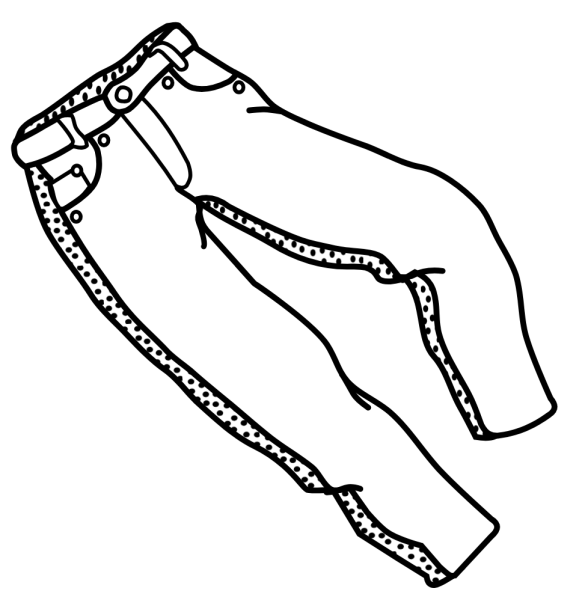
Hancock said it is important to understand the differences between fashion and style.
“Fashion is really what everyone’s wearing,” Hancock said. On the other hand, “style is how you put it together. Style is how a group of people will make it look.”
‘Visibility for intersectional visibility’
In the early 2000s, TV shows like “The L Word” and “Ellen” emerged. They largely perpetuated some of the queer fashion stereotypes but were a form of visible LGBTQ+ representation, Reddy-Best said.
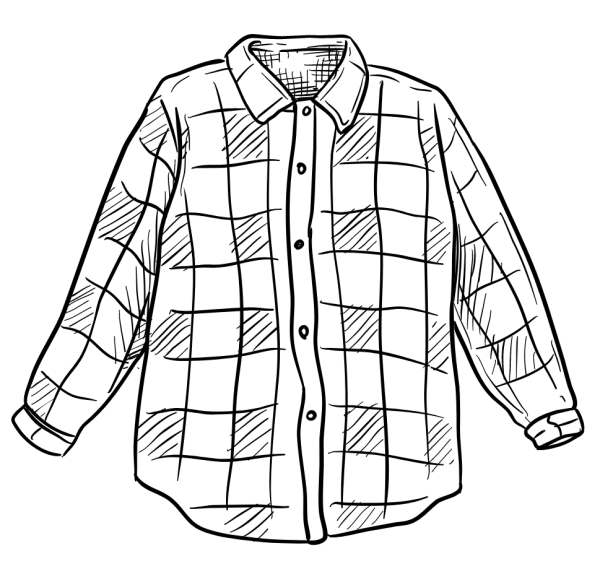
Ellen DeGeneres, host of “Ellen,” for example, embraced the stereotypical lesbian style of button ups and suits, curating a sense of visibility for other lesbians and LGBTQ+ people who were looking to embrace their queer sense of style.
At the time, there wasn’t much thought of intersectionality, Reddy-Best said, referring to how people’s queer identities intersect with other marginalized identities like race, ethnicity, gender and religion.
But in the early 2010s, queer media publications began to create “visibility for intersectional visibility,” Reddy-Best said.
Reddy-Best said LGBTQ+ fashion can look different for queer people with other intersecting identities. This has to do with the salience of identity, she said, which is the idea that when one part of our identity — like race — is salient or noticeable, it may become more visible in certain spaces.
“In some of the interviews that I’ve done with queer and or trans people of color, their race may not be salient to them in particular moments. In other moments, it may be more salient,” Reddy-Best explained. “And they may feel compelled to appear in a certain way to satisfy their sense of self or to allow different motivations to fit in to feel connected to community.”
Reddy-Best said ultimately race influences appearance and the salience of identity.
“Because we all occupy multiple mixed identities at any one time, whether you are a person with disabilities, whether you are aligned with the Jewish faith, whether you are fat, whether you are indigenous, all of those things are going to influence how you may appear or not appear,” Reddy-Best explained.
Comfort in conformity
Muscato, who is trans, said during his process of coming out and transitioning, his style and clothing choices were important parts of feeling affirmed in his identity.
“Each of us as queer and trans folks or folks who identify as LGBTQ+ have different perspectives and experiences when it comes to clothing and fashion and how that’s affirming and how it’s not affirming,” Moscato said. “I think that the stereotypes that might exist for LGBTQ+ fashion, some people embrace, and others might be like, ‘Nah, that’s not my style.’”
It is not just a coincidence that several specific identities within the LGBTQ+ community — or “reference groups,” as Hancock calls them — sport the same styles. Just as college students who end up in sororities and fraternities often end up dressing similarly as “reference groups” or “peer groups,” LGBTQ+ people may tend to do the same, Hancock said.
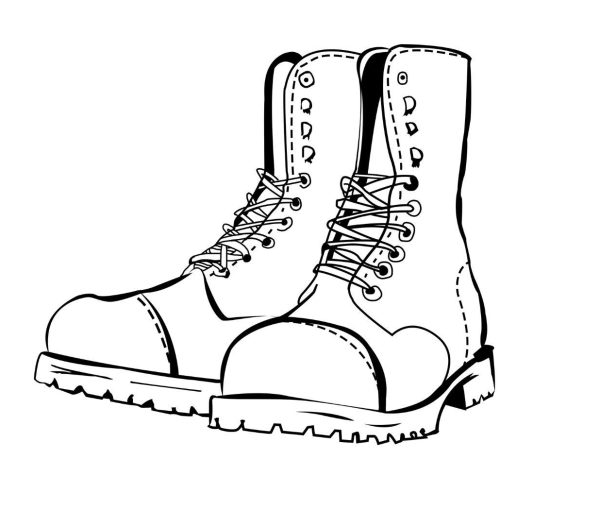
But there’s more to it than that, Hancock said. Brands like Doc Martens, who sell a variety of shoes popular among the LGBTQ+ community, actively and publicly support the community, making it more likely that queer people would want to support their brand.
“People have a tendency to gravitate towards those brands that support them,” Hancock explained.
Reddy-Best said there is truth behind the so-called “fashion stereotypes” that end in a positive sense of self for those participating in those stereotypes — and the process of finding ones that fit happen over a lifespan.
“Being able to authentically express yourself, whether it be through fashion, whether it be through art, whether it be through whatever other cultural manifestation that happens in that person’s life,” Reddy-Best said, “is really important to understand their sense of self, which then impacts how they feel about themselves, whether that’s negative or positive, or a little bit of both.”
Culver said she thinks her sense of style impacts the way people perceive her but never in a negative way — rather, in a way that she actually likes.
“Thankfully, people just always point out like, ‘Oh, I like your shoes,’ or, ‘I like your earrings,’ and I always get a little sigh of relief like, ‘Oh, my God, thank God it’s a positive reaction,’” Culver said.
This is the fifth story in a series by Allie Miller ’24 about issues that impact LGBTQIA+ people at St. Joe’s and in the Philadelphia area.



